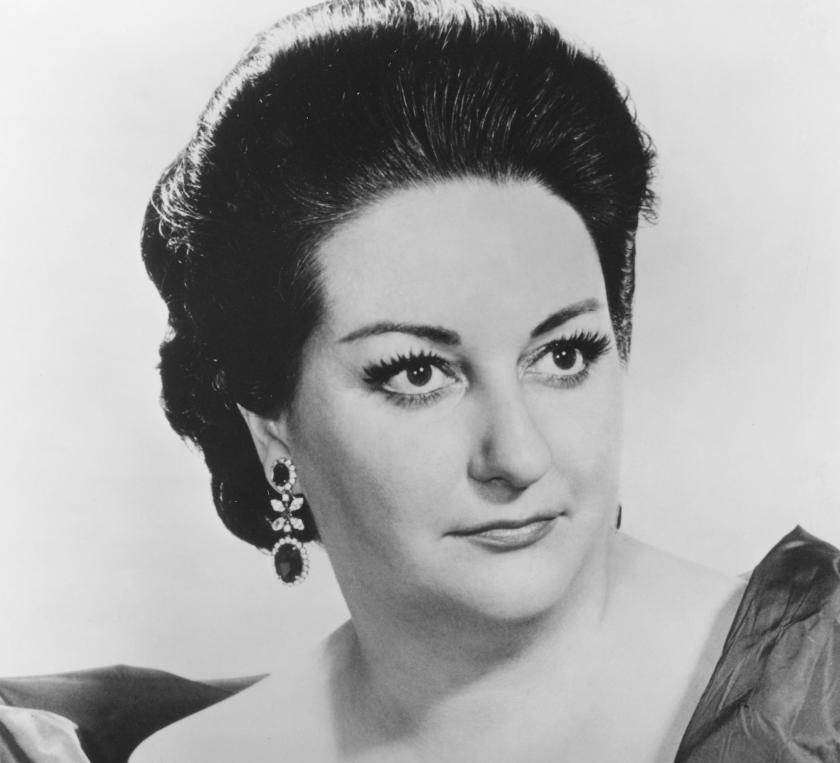Her special claim to fame was the most luminous pianissimo in the business, but that often went hand in velvet glove with fabulous breath control and a peerless sense of bel canto line. To know Maria de Montserrat Viviana Concepción Caballé i Folch, born in Barcelona 85 years ago, was clearly to love her. I never did (know her, that is), and I only saw her once, in a 1986 recital at the Edinburgh Festival. By then she was careful with her resources, but the subtly jewelled programme delivered on its own terms.
There was a glimpse of the famous good nature, too. Here it is in an unexpected place - the opening of the colossal "Libera me" movement which concludes Verdi's Requiem. The difficulty of pitching the unaccompanied opening line after the ending of the previous number is compounded by Caballé looking at Abbado and getting the giggles, Then it's professionalism as usual.
Many of us are reliant on the substantial discography for glimpses of perfection, with YouTube now adding to the treasury. The first recording I remember, and it's still one of the best arias discs of all, is the Verdi selection Caballé recorded for EMI in 1971 with Antón Guadagno and the Royal Philharmonic Orchestra. Here's part of the Sleepwalking Scene from Macbeth.
Despite the considerable heft in the early stages there, the melting mood was Caballé's ultimate comfort zone. No-one has ever sung the last five bars of slavegirl Liù's plea to her besotted Prince Calaf, "Signore, ascolta" in Puccini's Turandot, with its final ascent to a soft top B flat, more exquisitely. Decca pulled off a masterstroke in 1972 by casting her as Liù against the unlikely but brilliant Turandot of Joan Sutherland. This live performance from Barcelona three years later isn't quite as together with the orchestra at all times, but it leaves you in no doubt that Caballé felt every note of what she was singing. It's in concert, so perhaps she's allowed to hold on to that B flat and swell for applause.
As for the greatest soprano challenge in the bel canto repertoire, Bellini's Norma, there has never been any need to chose between the very different vocal gifts of Caballé, Callas and Sutherland - aka La Superba, La Divina and La Stupenda - in the role. Disqualified by the requirements of a certain stage realism from performing consumptive Mimì or dancing teenager Salome on stage (the recordings of both roles are total successes), Caballé could rise to the nobility of Norma with no difficulty at all.
And so, as promised, from Bellini to "Barcelona". How could one begrudge the hyperkitsch success of this iconic - for once there is no other word for it - duet with Freddie Mercury? Neither plays the operatics false."How Can I Go On?" is worth looking up, too, though that's with Mercury very much in the limelight.
Custom and honour insist, though, that our second encore should be serious and introspective. As always at these times, a great artist provides the best possible epitaph. This is Caballé in, of all things, a Vivaldi rarity. Let the memorials continue with plenty more delvings into a great legacy.














